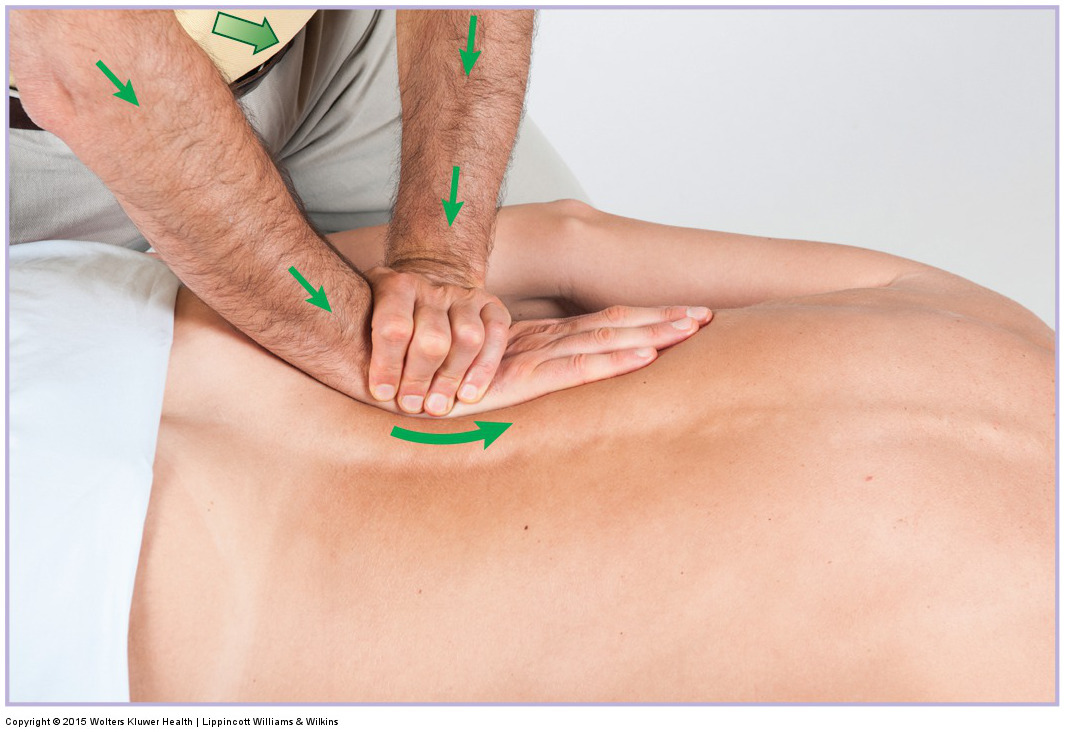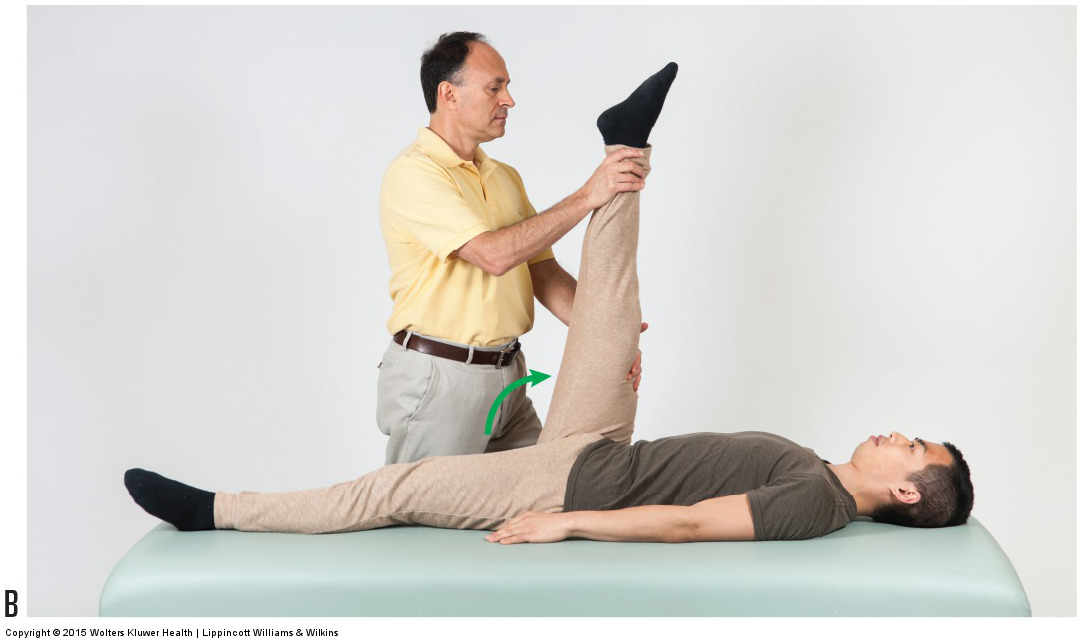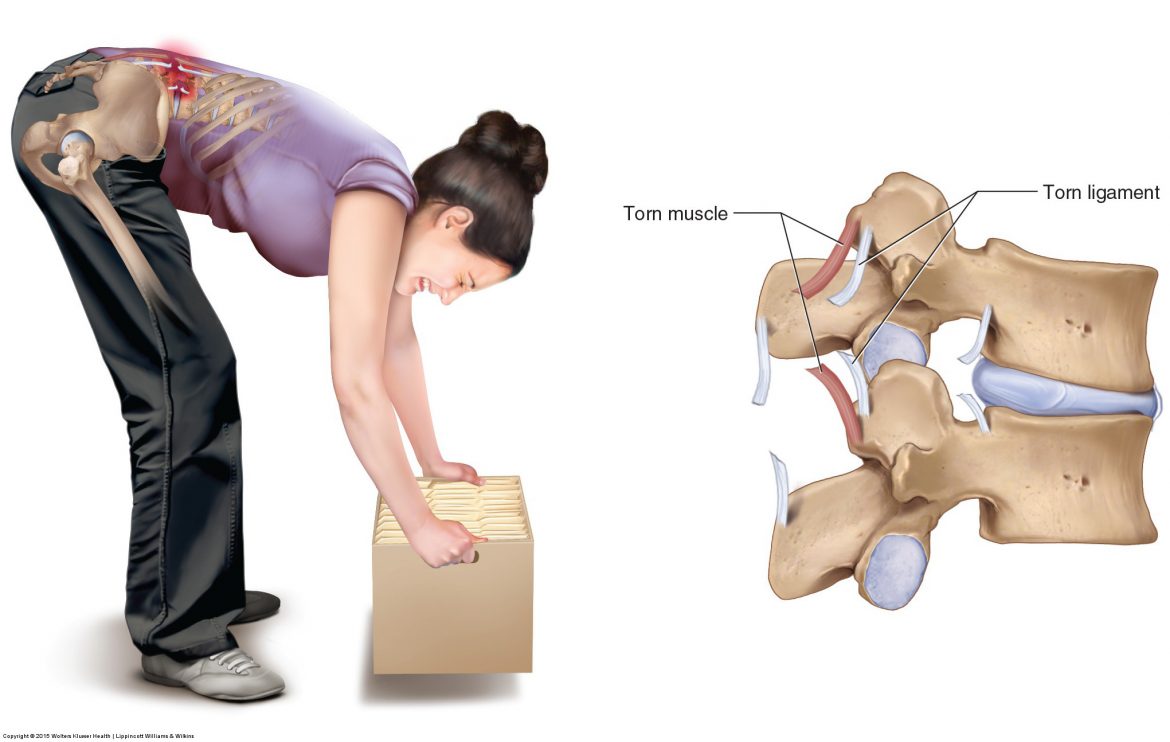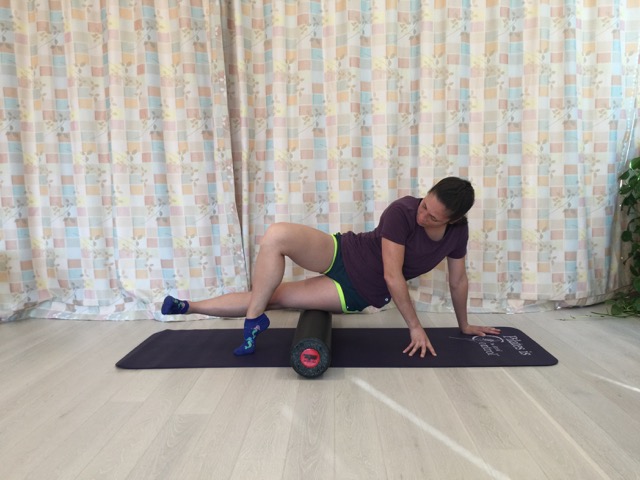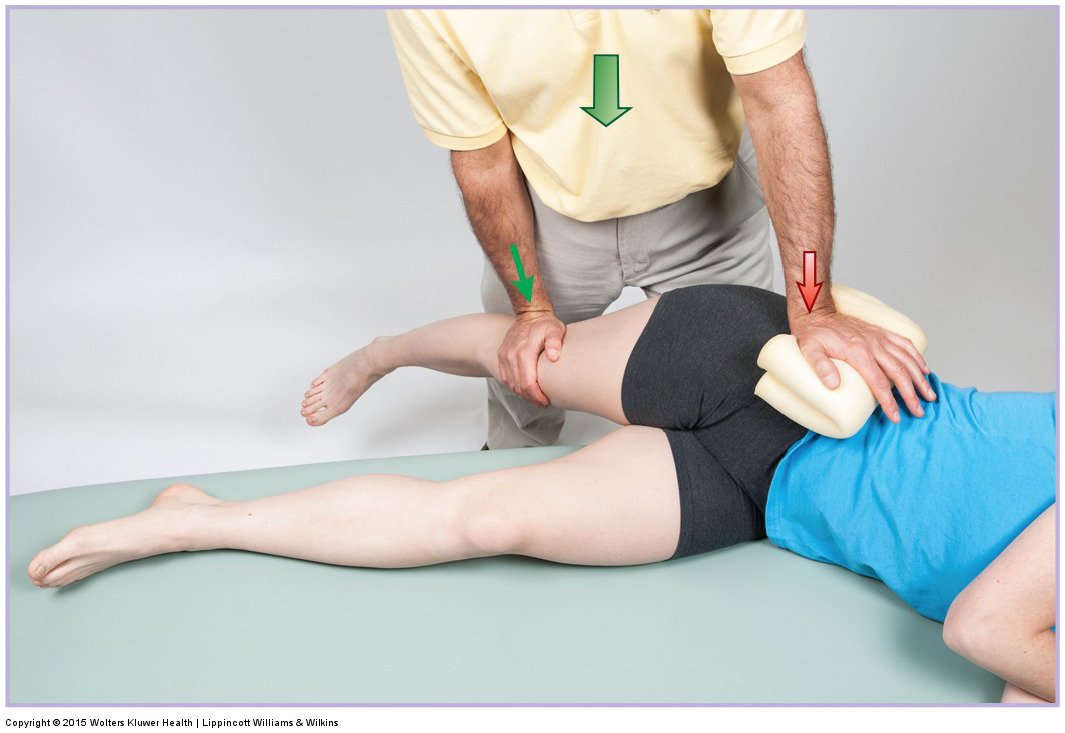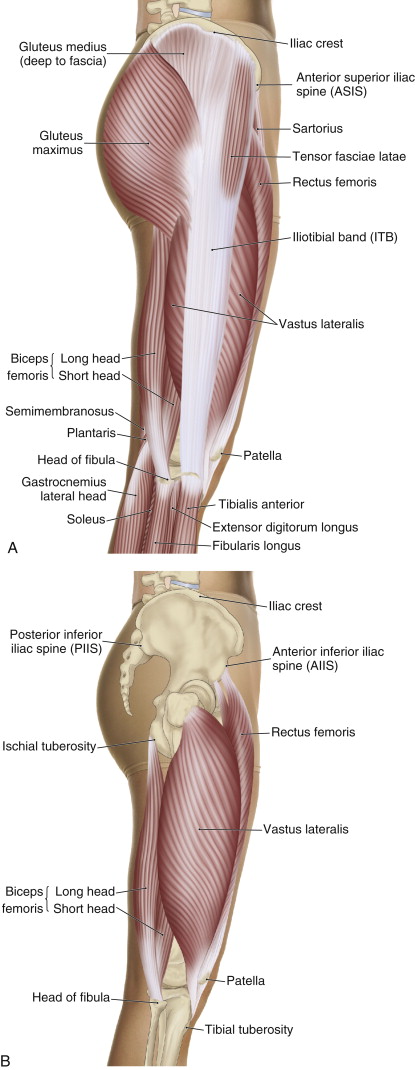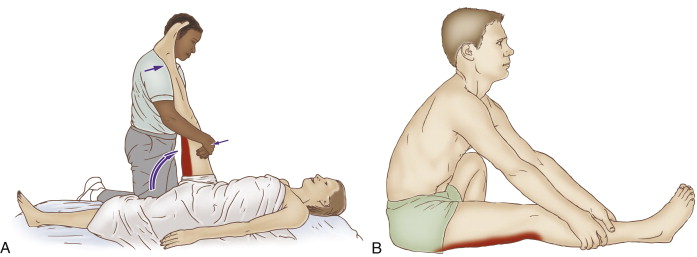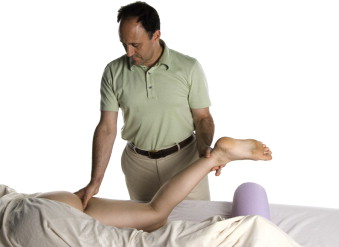Manual therapy treatment: Treatment for a low back strain or sprain is similar to the treatment of any muscular strain or ligamentous sprain. Regarding a low back strain or sprain, because the musculature of the low back is so large …
What are the signs and symptoms of low back strains and sprains and how do we assess (diagnose) a client with this condition?
Signs and symptoms: Low back strains and sprains present a similar clinical picture. The client/patient will have low back pain and spasming, and these symptoms will increase with motion. Most problematic is flexion (bending over) because this places a tension …
What are the causes of low back strains and sprains?
Low Back Strain/Sprain – Introduction: Low back strains and sprains are extremely common because of all the bending and lifting that we do. A low back strain or sprain can involve the lumbar spinal joints and/or the sacroiliac joints (SIJs). …
What are the self-care and medical approaches to iliotibial band friction syndrome?
Self-care for the client/patient: As with any inflammatory condition, self-care for iliotibial band friction syndrome (ITBFS) begins with RICE: rest, ice, compression, and elevation. Most important of these are ice and rest. It is extremely important that the client/patient stop …
How do we treat iliotibial band friction syndrome with manual therapy?
Manual therapy treatment: Manual therapy treatment for ITBFS is geared primarily toward reducing the inflammation of the condition and correcting its underlying cause. For the condition itself, ice is indicated to reduce the swelling. Gentle effleurage strokes from distal to …
What are the signs and symptoms of and how do we assess (diagnose) iliotibial band friction syndrome?
Signs and symptoms: The most common symptom of iliotibial band friction syndrome (ITBFS) is pain in the distal lateral thigh over the lateral epicondyle of the femur. Swelling is also often present. The pain and swelling are usually exacerbated with …
What is iliotibial band friction syndrome and what are its causes?
Introduction to Iliotibial band friction syndrome: Iliotibial band friction syndrome (ITBFS) is a condition in which the iliotibial band rubs against the lateral epicondyle of the femur. The fascia lata is a fibrous fascial sheathe that surrounds the musculature of …
What are the self-care and medical approaches to hamstring strain?
Self-care for the client/patient: Self-care for the client/patient during the acute stage is RICE: rest, ice, compression, and elevation. Of these, rest and ice are most important. Icing should be applied until the area is numb and then removed. Flexible …
How do we treat hamstring strain with manual therapy?
Manual therapy treatment: During the acute inflammatory stage of a hamstring strain while torn muscle tissue is still healing, treatment is oriented toward decreasing inflammation and allowing the damaged tissue to heal. RICE (rest, ice, compression, and elevation) are recommended. …
What are the signs and symptoms of and how do we assess (diagnose) hamstring strain?
Signs and symptoms: The most common symptom of a hamstring strain is pain in the posterior thigh at the site of the strain. Pain is usually sharp when the injury is acute, and transitions to being more dull as time …

